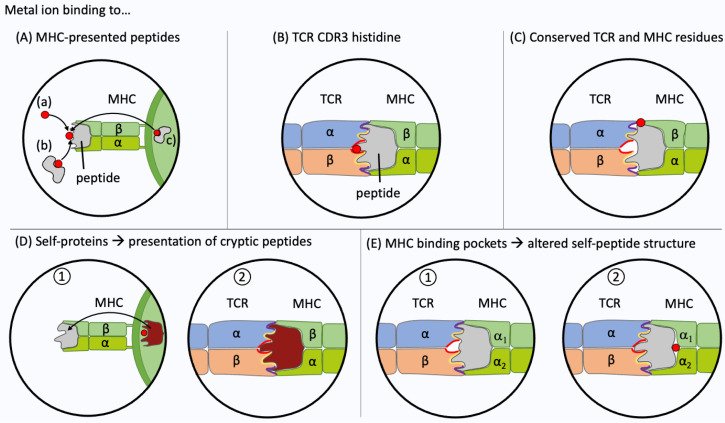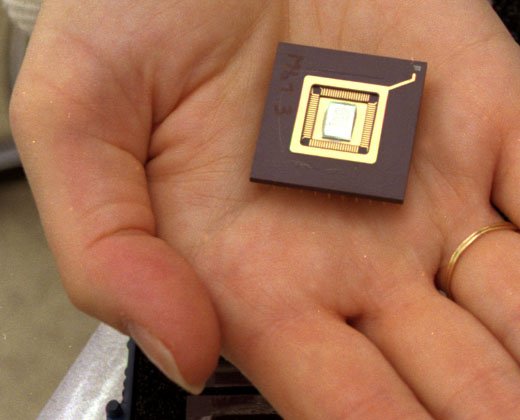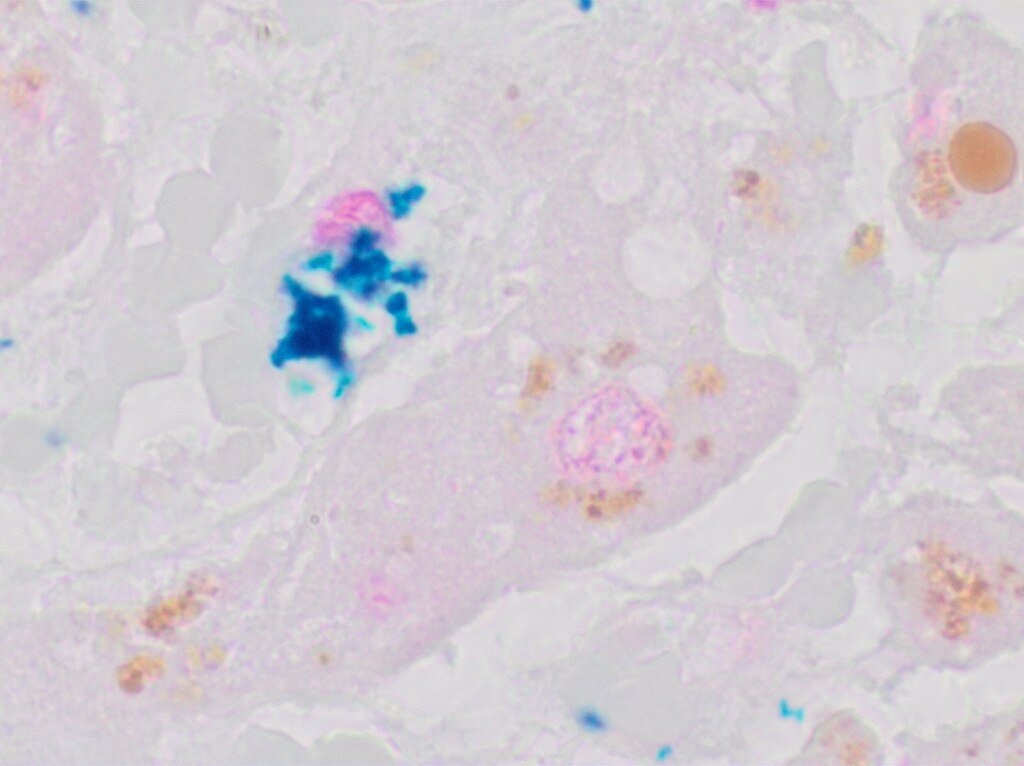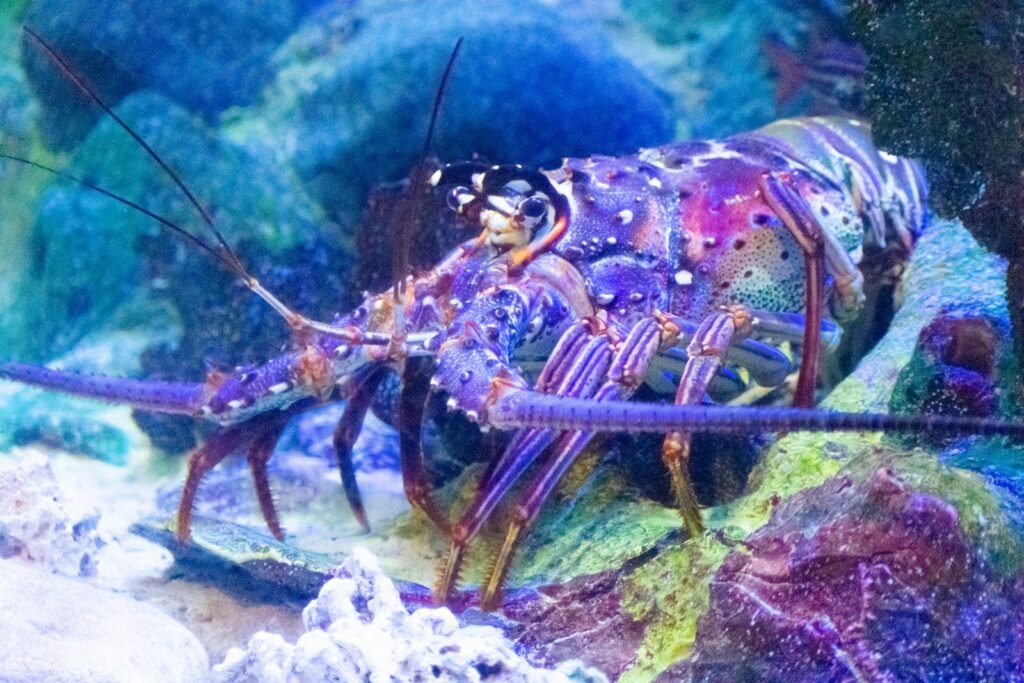Hidden deep within each living cell, there is an unseen battle that ensues not among microbes or viruses, but among metal ions battling for supremacy. Zinc, copper, manganese, and other transition metals compete over binding sites within proteins, each competing for authority over life’s vital chemical reactions. Scientists have long been aware that cells jealously guard carbon, nitrogen, and phosphorus, the components of DNA and proteins. But the metal rules, having their essential role in almost half of all enzymes, are still a mystery.
How does a cell keep more potent metals such as copper from usurping all available binding sites, leaving weaker ones such as manganese on the sidelines? And why do certain proteins only snatch zinc while others bind iron selectively? The solutions are in an old, exquisitely calibrated balancing act one that evolution has honed over billions of years.
The Irving-Williams Series: Nature’s Metal Hierarchy

Chemists Harry Irving and Robert Williams identified a secret pattern in 1948: transition metals bind biological molecules in a consistent order of strength. Named the Irving-Williams series, this ranking organizes metals in order of their binding affinities:
Mn²⁺ < Fe²⁺ < Co²⁺ < Ni²⁺ < Cu²⁺ > Zn²⁺
Zinc and copper sit at the top, gripping proteins with an ironclad hold, while manganese and iron bind more loosely. The difference is staggering, zinc binds to the amino acid cysteine up to 10,000 times more tightly than manganese.
This creates a metal binding problem: If copper and zinc are so much stronger, why don’t they monopolize every protein? Cells must somehow ensure that weaker metals still reach their intended targets.
The Labile Pool: A Hidden Reservoir of Weakly Bound Metals

Free-floating metal ions in cells are vanishingly rare, some, like copper, exist at less than one ion per cell volume. Instead, metals are stored in a “labile pool” , a dynamic reserve of weakly bound ions that proteins can easily access.
This reservoir serves as a buffer that keeps stronger metals from overpowering weaker ones. When a manganese-requiring enzyme requires its metal, it doesn’t compete directly with zinc but draws from this available reservoir in a balanced way.
Metal Sensors: The Cell’s Surveillance System

To maintain metals in balance, cells use transcription factors proteins that sense metal concentrations and regulate gene expression accordingly. These sensors function like molecular thermostats:
- Low metal levels? The sensor releases DNA, activating genes that bring in more metal.
- Too much metal? The sensor binds DNA, closing off uptake and turning on efflux pumps.
For instance, Zur, a bacterial zinc sensor, is converted into its shape upon zinc binding, which wraps around DNA to prevent further zinc import. Analogous systems are present for iron, copper, and manganese.
The Inverse Irving-Williams Principle: Keeping the Peace
To prevent metal chaos, cells invert the Irving-Williams series in their cytosolic concentrations:
- Strong binders (Zn²⁺, Cu²⁺) are kept scarce.
- Weak binders (Mn²⁺, Fe²⁺) are more abundant.
This guarantees that even with zinc’s stronger binding ability, manganese still has a chance. In Salmonella enterica, scientists verified that metal sensors obey this principle, keeping a sensitive balance in which no one metal dominates.
Evolution’s Metal-Binding Blueprint
Metal sensors did not develop haphazardly, they obey strict chemical principles. By comparing binding sites between species, researchers discovered that:
- Zinc sensors favor sulfur (cysteine) and nitrogen (histidine) coordination.
- Manganese sensors rely more on oxygen (aspartate/glutamate).
These are preferences that guarantee specificity. A manganese sensor with too many sulfur groups would end up grabbing zinc by mistake, disrupting the system.
What Happens When Metal Balance Fails?

Disrupted metal homeostasis leads to disaster:
- Copper overload poisons cells by displacing iron in critical enzymes.
- Zinc scarcity cripples immune function and wound healing.
- Manganese deficiency weakens antioxidant defenses.
Being familiar with these rules could revolutionize medicine, ranging from making better antibiotics to treating neurodegenerative diseases like Alzheimer’s, where misfolded metal-binding proteins have a key role to play.
Conclusion: The Delicate Dance of Life’s Metals
The cell fight isn’t haphazard, it’s a carefully orchestrated battle, bound by laws as old as the chemicals themselves. By cracking those codes, scientists are revealing the way life balances its tenuous metal tightrope, an ion at a time.
The next frontier? Designing artificial metal sensors for biotechnology, or rebalancing disease imbalances. Whatever it is, one thing is sure: the silent war of metals is by no means over and its secrets are only just starting to be uncovered.
Sources:

Jan loves Wildlife and Animals and is one of the founders of Animals Around The Globe. He holds an MSc in Finance & Economics and is a passionate PADI Open Water Diver. His favorite animals are Mountain Gorillas, Tigers, and Great White Sharks. He lived in South Africa, Germany, the USA, Ireland, Italy, China, and Australia. Before AATG, Jan worked for Google, Axel Springer, BMW and others.




